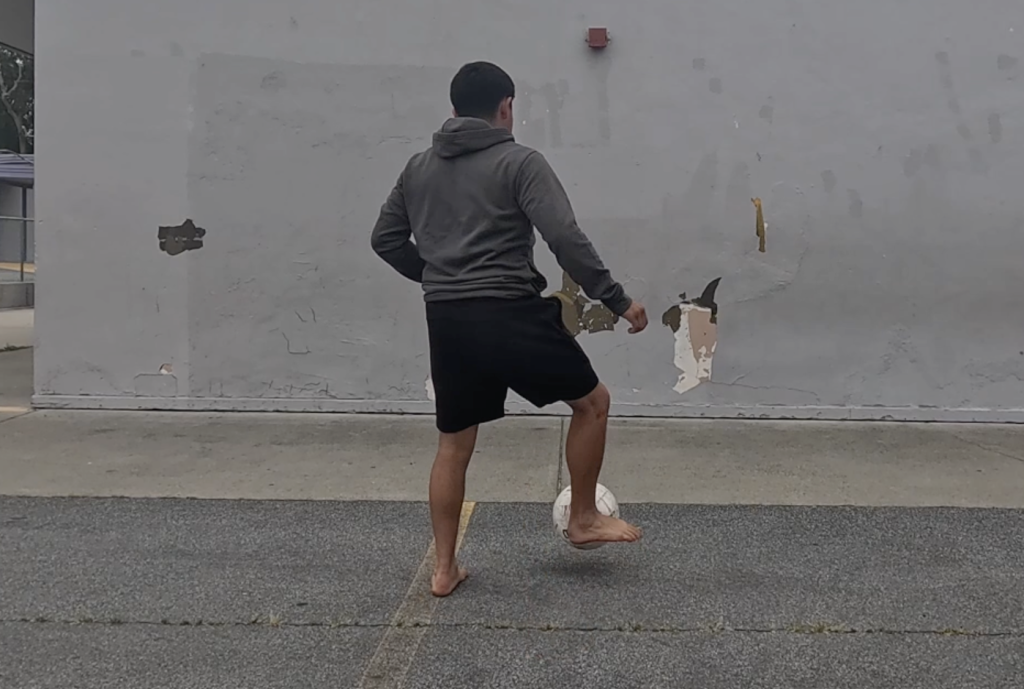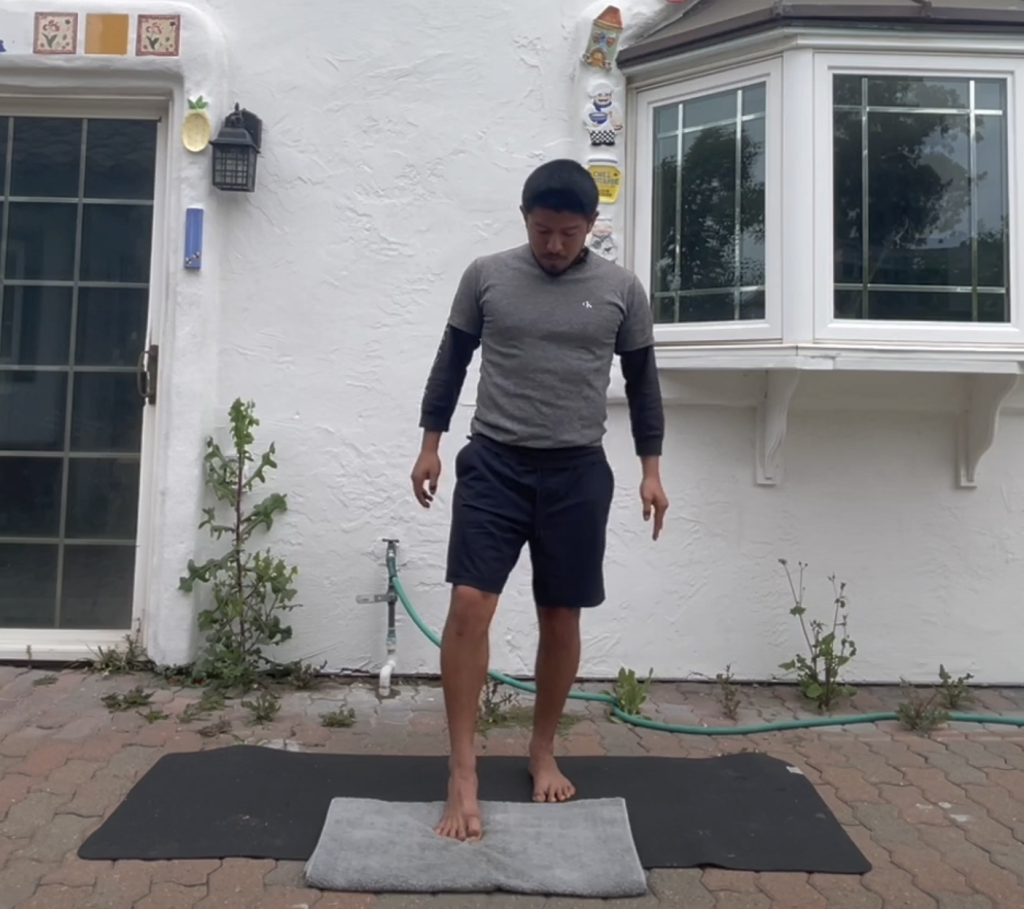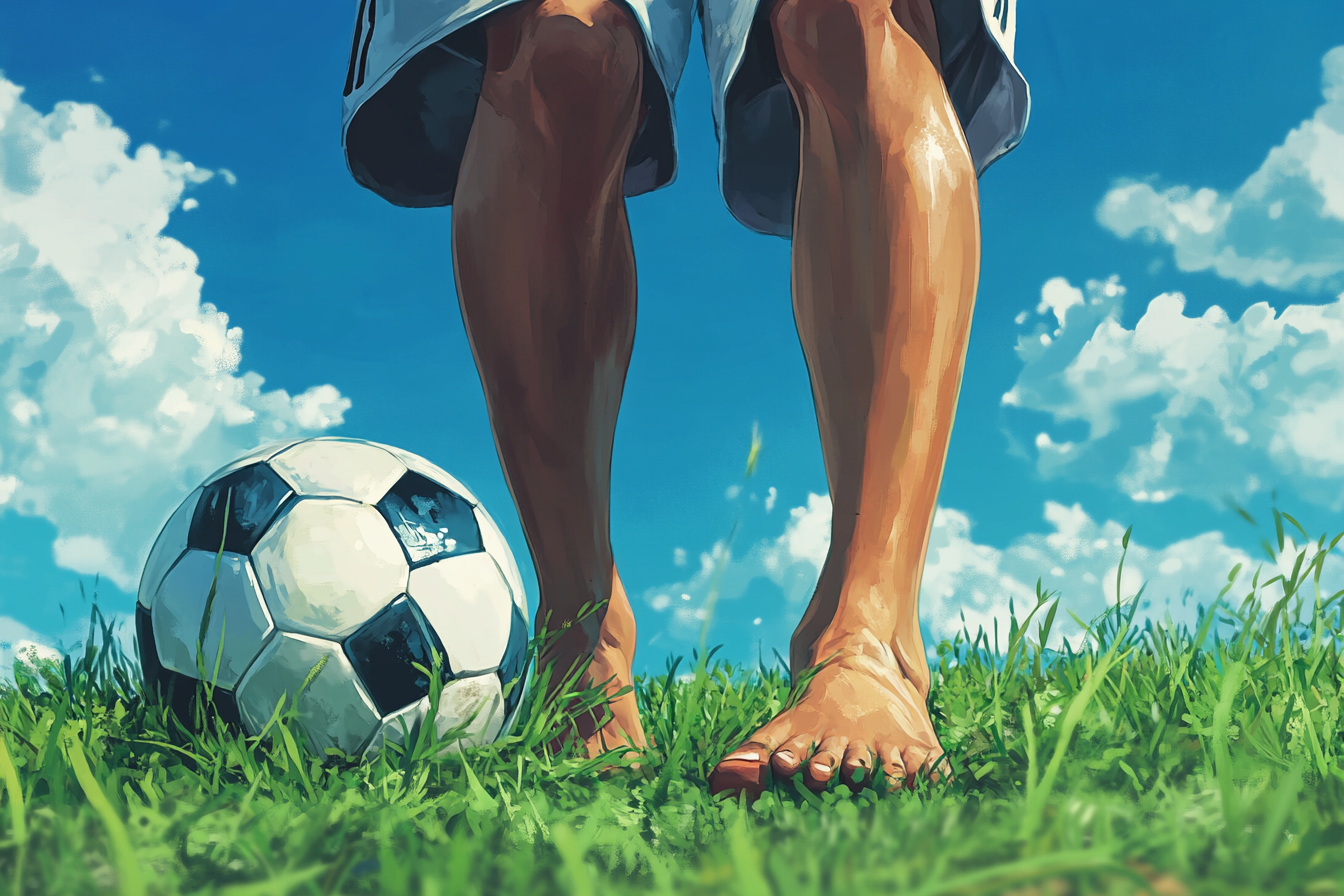11 Ways to Start Fascia Training for Soccer Players
Why do some soccer players move effortlessly across the field while others look like they’re fighting their own body with every step? The answer lies in the connective tissue most athletes aren’t even aware of called fascia.
Fascia is a connective tissue that has always existed within our bodies, but early research conducted on cadavers looked at it as insignificant filler material because the main belief in human anatomy and biomechanics at that time was that the musculoskeletal system was primarily in charge of movement. In reality, as fascia researcher Dr. Robert Schleip explains, most early scientific studies on fascia were done on cadavers, which means they were seeing dried out tissue that looked passive instead of fascia in living humans which behaves like an elastic, innervated system due to hydration, movement, and nervous system activity.
This means fascia responds and adapts just like muscle and cardiovascular tissue do, but only when it is trained properly through different balance, mobility, isometric, and plyometric exercises. According to recent findings presented at the Fascia Research Congress by Dr. Carla Stecco and Dr. Robert Schleip, advancements in ultrasound and live-tissue imaging is what now allows scientists to observe fascia movement and elasticity in real time, rather than only studying it from a cadaver.
In addition, more research also by Dr. Robert Schleip and colleagues (2019) shows how fascia can actually be trained directly because myofibroblasts, specialized cells found in connective tissue, within the perimysium, the fascial layer that surrounds muscle bundles, actually have contractile elements, just like smooth muscles do, that are capable of generating tension and elastic energy transfer.
This is a major shift from older beliefs that fascia was just passive tissue with no contractile function, and it’s also one of the main reasons why fascia training is more popular now among elite athletes, performance coaches, physiotherapists, etc. As a soccer player, trainer, sports coordinator, and graduate of kinesiology: rehab science I have tried tons of training programs, traditional and alternative, and have found a ton of benefits of incorporating fascia training into my training routines consistently.

How do You Train Fascia for Soccer Performance?
Before I explain how to train your fascia it is very important to have a general understanding of fascia, fascia training, and fascial tension.
Fascia, also known as connective tissue, surrounds and supports your muscles, bones, organs, and every structure in the body, making it the largest sensory organ with 6–10 times more nerve endings than muscle tissue. It forms a continuous web that creates a biotensegrity system responsible for proprioception (body awareness), interoception (internal sensation), and exteroception (external sensing), with highly dense fascial areas like the plantar fascia, IT band, gluts, thoracolumbar fascia, cranial fascia, and wrist fascia.
Any type of training activates multiple systems at once, fascia, muscles, bones, nerves, and tendons, so the goal isn’t to isolate fascia, because you can’t, but to train it specifically by applying full-body tension, improving reflexive movement, and optimizing force and pressure transfer in the body. This training approach, which can also be considered neuromuscular or neurofascial training, can help awaken dormant sensory receptors, increase elasticity, improve tissue hydration, and reinforce the body’s biotensegrity.
Most people think of fascial tension only as tightness or knots that need to be released, which can be done with a smaller massage tool like a lacrosse, spiky, or tennis ball instead of larger tool like a foam roller. But in the context of fascia training, “fascial tension” refers to your ability to actively engage the fascial web, using your feet, hands, tongue, and spine, to create intentional, elastic preload that stores and transfers energy through your entire body with each movement.
Now that you have a general understanding of how fascia works and how fascial tension is meant to be created intentionally rather than just released, we can move into the practical ways to train it specifically for soccer performance. This is done by training the tongue, feet, hands, and spine because these four areas serve as the primary control centers and connection points of your fascial system, acting as “roots” that allow you to generate, coordinate, and transfer tension throughout your entire body.
Self-Myofascial Release Massage
Self-myofascial release massage involves using small massage tools, which are essential training accessories, like a spiky ball, lacrosse ball, tennis ball, or PVC pipe to target specific trigger points, break up fascial adhesions, and improve tissue hydration. Focus on the feet when starting out and also avoid larger tools like foam rollers because they do not allow for centralized pressure due to a larger surface area.
Mewing
Proper tongue posture, known as “mewing,” involves maintaining light pressure and suction against the roof of your mouth to create optimal cranial pressure and activate the deep frontal fascial line that connects from your tongue through your core to your feet. Learning to consciously control your tongue posture until it becomes subconscious is one of the keys for coordinating tension throughout your entire fascial system.
Towel Chewing
Towel chewing involves biting down on a rolled towel and creating tension through your jaw, which activates the cranial fascia and reinforces proper tongue posture. This exercise strengthens the fascial connections between your head, neck, and deep frontal line while improving jaw stability and bite force.
Kettle Feet
Kettle feet is an exercise where you stand on kettlebells, an important piece of soccer training gear, to get used to the external pressure being forced on your feet. The goal here is to get used to the pressure, strengthen the intrinsic foot muscles, and activates the fascial connections from your plantar fascia up through your glutes and core.
Elevated Towel Toe Retractions
Towel toe retractions involve placing a towel on the ground and using only your toes to scrunch and pull the towel toward you. The important thing here is to elevate the heel, drive force through the ball of the foot, and bend, or retract, your toes at the middle toe joint, which is different from curling your toes.
The main goal is to feel your glutes, and eventually core, active the whole time you do the set.
Marble Swing
The marble swing drill involves picking up a marble with your toes, right behind the ball of the foot of your big and second toe. With one leg you are working to be as stable as possible while with the other leg you’re swinging your leg in a controlled pendulum motion without dropping the marble.
Lymphatic Hops
Lymphatic hops are gentle, controlled bouncing movements performed on the balls of your feet that stimulate lymphatic drainage and fascial hydration throughout the body. These low-impact hops also develop ankle stiffness and elastic rebound capacity in your lower leg fascia.
Hand Towel Twists
Hand towel twists involve gripping a towel with both hands and creating opposing rotational forces by twisting in opposite directions. This exercise develops grip strength, finger coordination, and the ability to generate fascial tension that travels from your hands through your arms into your core.
Hang Holds
Hang holds are a self-explanatory exercise where the goal is to hang from a pull-up bar or similar object as long as possible. This exercise decompresses the spine, activates fascial lines throughout your upper body, builds grip strength, and full total strength.
Ball on Belly
Ball on belly breathing involves placing a small ball or object on your stomach and using diaphragmatic breathing to move the ball up and down. This exercise activates your deep core fascia, improves breathing mechanics, and helps you develop awareness of how to create and control intra-abdominal pressure.
Spine Hygiene Exercises
Taking care of your spine is very important and some of the best ways to do so are by doing simple movement routines daily such as the one below:
- Moving the head up and down 25 times
- Turning the head side to side 25 times
- Moving head sideways ear-to-shoulder 25 times
- Side bends 25 times
- Side twists 25 times
- bend down 25 times

Final Thoughts
To summarize, fascia training is not about adding more exercises to your routine—it’s about fundamentally changing how you approach movement quality, body awareness, and athletic development as a soccer player. By training your feet, hands, tongue, and spine through targeted exercises like self-myofascial release, mewing, towel toe retractions, and hang holds, you’re developing the elastic, responsive connective tissue system that allows for effortless movement on the field.
FAQs
Why do footballers train fascia and what are the benefits?
Footballers train fascia to improve movement quality, enhance performance, and reduce the risk of injuries. If you continue fascia training consistently over a long period of time you can experience the following benefits.
- Improved elasticity and spring mechanics for faster, more explosive movements
- Better body awareness and reflexes on the field
- Reduced injury risk through healthier, more resilient connective tissue
- Better force transfer from the ground through your entire body
- Increased mobility and smoother, more effortless movement
- Faster recovery between training sessions
- Improved stamina due to moving with fascia / tendons instead of mainly muscles
- Helps you get in shape faster
What equipment do you need to train fascia?
To train your fascia and do the exercises on this list the best training equipment you need includes a massage tool, kettlebells, a towel, marbles, natural land, and a hard medicine ball. Once you have trained your fascia and have built a solid athletic foundation, you can also invest in agility equipment and perform agility and plyometric drills.
What are the best ways to continue to learn about fascia?
The best way to continue to learn about fascia is by doing more research. This is going to include having to watch a lot of high-quality videos from reliably sources either through Instagram, Youtube, or an educational learning app or platform.

